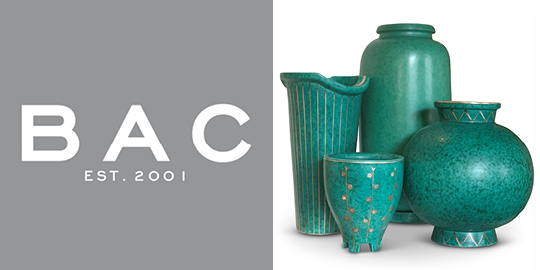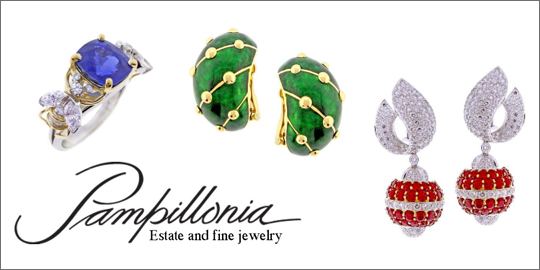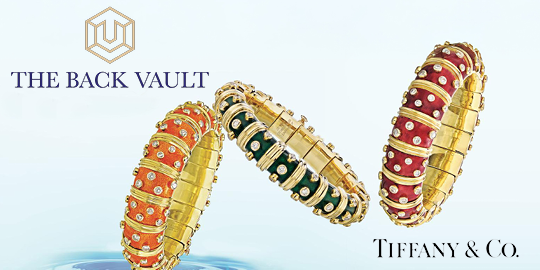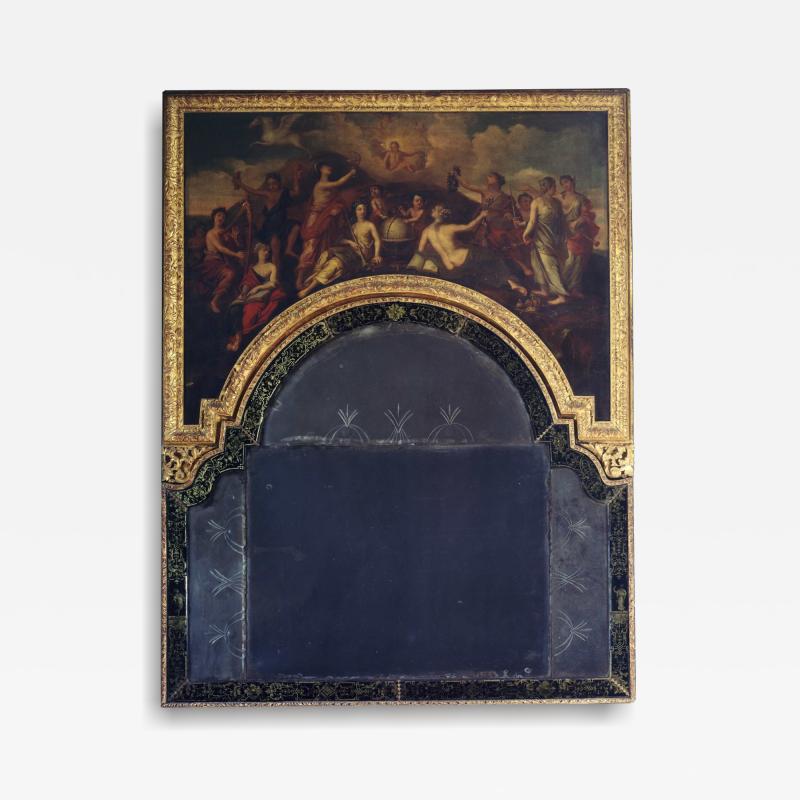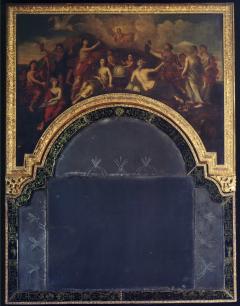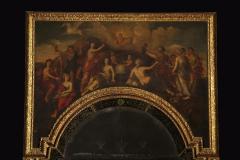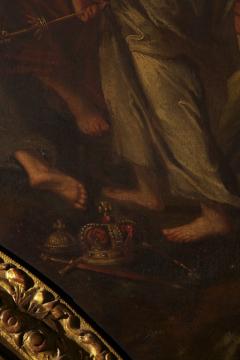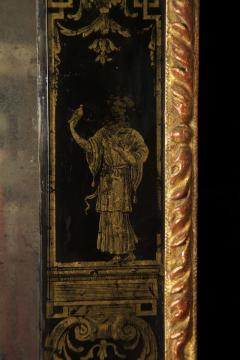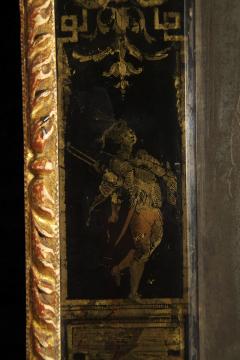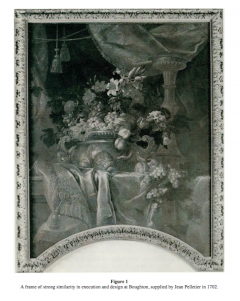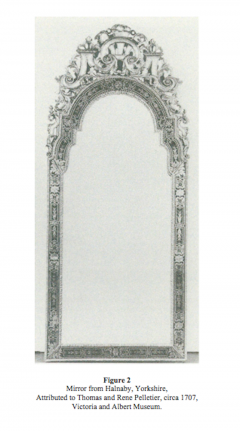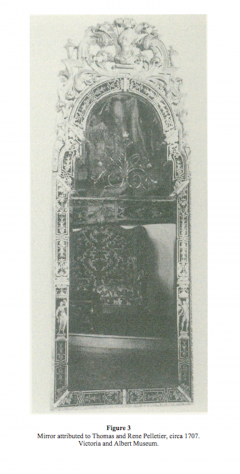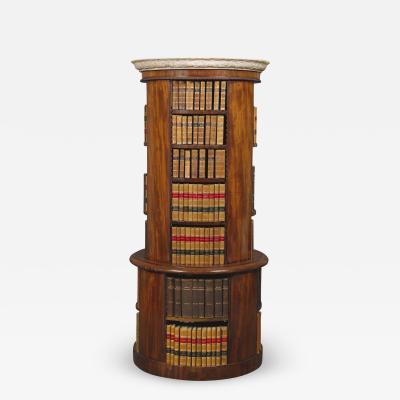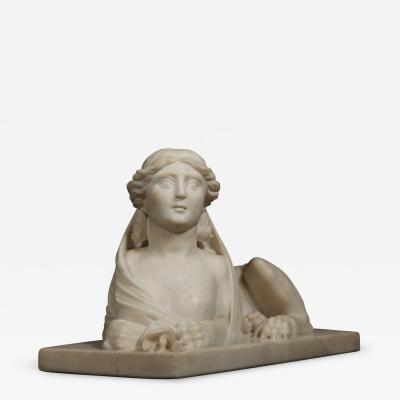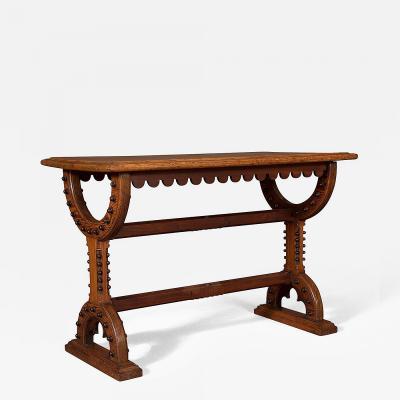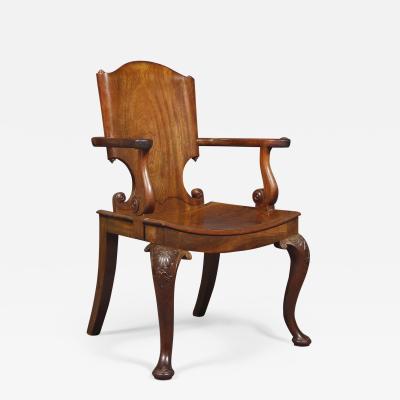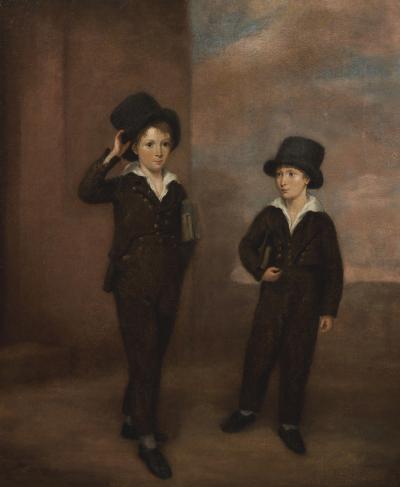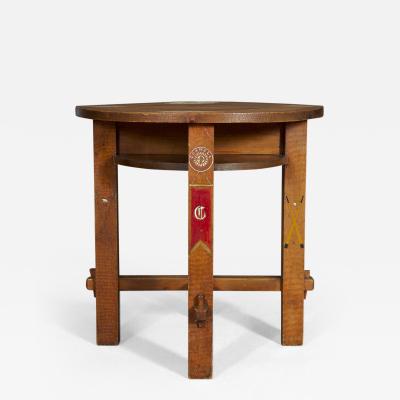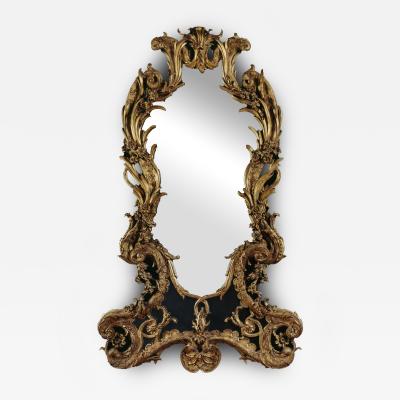Listings / Furniture / Mirrors / Wall Mirrors
A VERRE ÉGLOMISÉ OVERMANTEL MIRROR, THE FRAME ATTB. TO THOMAS & RENÉ PELLETIER
-
Description
A VERRE ÉGLOMISÉ OVERMANTEL MIRROR, THE FRAME ATTRIBUTED TO THOMAS AND RENÉ PELLETIER
English. Late Seventeenth Century.
Measurements
Height: 73" (185cm)
Width: 56 1/2" (144cm)
Depth: 2" (5cm)
Research
The upper section of carved acanthine giltwood set with an oil painting depicting a scene of Apollo and his muses on Mount Parnassus. The lower section of black verre églomisé, the central rectangular plate flanked by engraved border plates and surmounted by a later engraved arched plate, the verre églomisé surround decorated with foliate strapwork and figures of jesters.
Published:
Tessa Murdoch, “Jean, René and Thomas Pelletier, a Huguenot family of carvers and gilders in England 1682-1726. Part 2,” The Burlington Magazine, June 1998, p 369.
Provenance:
A Swiss private collection
This remarkable object combines the creativeness of three different expert makers: a decorative painter, a carver and gilder, and a glass and églomisé worker. In each of these aspects it demonstrates the very height of design and execution. This highly effective blending of different materials suggests the overarching supervision of an interior architect, and indeed this mirror is a rare survival from the late seventeenth century, when decoration and furnishings within the interior were first being conceived of as a whole in Britain, and were reaching groundbreaking levels of cohesiveness and sophistication. That the painted section features a depiction of what is clearly an English crown, scepter and orb (see detail, page 21) encourages us to conclude that the painting shows an allegory of the reign of King William III of England (1650-1702, reigned 1689 to 1702) comparing the king to Apollo, god of light, the sun, music and art. This, along with the apparent involvement of designers and craftsmen who are known to have worked for William III and his inner circle, strongly suggests it was a member of the royal family or a fashionable supporter of the king who commissioned the piece.
It is significant that it is clearly St. Edward’s Crown, named after England’s ancient saintly king Edward the Confessor (c. 1003-1066), that has been depicted here. The original crown, said to have been worn by Edward himself, was melted by Oliver Cromwell during the English Republic in the 1650s, while the new version shown here was created on the orders of Charles II at the restoration in 1660. It is the most unchanging and symbolic of English crowns, and is recorded as being used at the moment of crowning at William III’s coronation. Its added meanings of legitimacy, succession, and tradition make a clear statement in this painted allegory of the reign of William III, a foreign king who had seized power in the bloodless Glorious Revolution of 1688.
Full research report available on request. -
More Information
Period: Pre 18th Century Creation Date: Late 17th Century Styles / Movements: Traditional Dealer Reference #: 8004 Incollect Reference #: 811163 -
Dimensions
W. 56.5 in; H. 73 in; D. 2 in; W. 143.51 cm; H. 185.42 cm; D. 5.08 cm;
Message from Seller:
Carlton Hobbs, LLC specializes in the acquisition, conservation, and research of 17th to 19th century British and Continental furniture and works of art, with a focus on pieces of exceptional merit, including royal and aristocratic provenance. For inquiries, contact 212.423.9000 or email stefanie@carltonhobbs.com.








